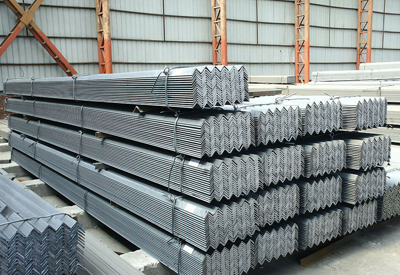Commodity reported that aluminium output of China in July fell sequentially which is further supported by a trend of rising aluminium inventories in China during the July to August period, suggesting that weaker demand has offset the moderation in output.
Domestic smelter production has been buttressed by Chinese government power subsidies to counteract the pressures on margins from lower SHFE prices, the latest CNIA data showed a modest sequential fall in Aluminium production levels. Output of aluminium in July was recorded at 53.9 Kilo tonne per day which represented 4% MoM decline from June's record production level.
Bauxite imports continued to contract sharply YoY in July, reflecting the impact of Indonesia’s export restrictions. Total imports fell by 62% YoY to 1.4 MT with 1 MT from Australia and a mere 213 Kilo tonne from Indonesia.
Antaike reported that Indonesian exports for major Chinese aluminium producers resumed by end July which will need to be verified by August’s numbers. The massive front loading is keeping YTD supply at a comfortable level, 10% higher YoY. China also imported 461 Kilo tonne of alumina up by 680% from a year ago owing to a very low base. Primary aluminium imports rose by more than four fold YoY to 40.8 Kilo tonne taking YTD imports to 341 Kilo tonne and 184% higher YoY.
With exports at 12 Kilo tonne, China imported a net 29 Kilo tonne of primary aluminium. A favorable arb since April 2012, supported by financing demand rather than robust downstream consumption is likely behind the increase in imports.
While there may be a component of cost-related constraint on production contributing to this sequential decline, given that average SHFE prices were close to 2% lower in July versus June we believe also that the fall has both a seasonal and demand component.
Domestic smelter production has been buttressed by Chinese government power subsidies to counteract the pressures on margins from lower SHFE prices, the latest CNIA data showed a modest sequential fall in Aluminium production levels. Output of aluminium in July was recorded at 53.9 Kilo tonne per day which represented 4% MoM decline from June's record production level.
Bauxite imports continued to contract sharply YoY in July, reflecting the impact of Indonesia’s export restrictions. Total imports fell by 62% YoY to 1.4 MT with 1 MT from Australia and a mere 213 Kilo tonne from Indonesia.
Antaike reported that Indonesian exports for major Chinese aluminium producers resumed by end July which will need to be verified by August’s numbers. The massive front loading is keeping YTD supply at a comfortable level, 10% higher YoY. China also imported 461 Kilo tonne of alumina up by 680% from a year ago owing to a very low base. Primary aluminium imports rose by more than four fold YoY to 40.8 Kilo tonne taking YTD imports to 341 Kilo tonne and 184% higher YoY.
With exports at 12 Kilo tonne, China imported a net 29 Kilo tonne of primary aluminium. A favorable arb since April 2012, supported by financing demand rather than robust downstream consumption is likely behind the increase in imports.
While there may be a component of cost-related constraint on production contributing to this sequential decline, given that average SHFE prices were close to 2% lower in July versus June we believe also that the fall has both a seasonal and demand component.
Copyright © 2013 Ferro-Alloys.Com. All Rights Reserved. Without permission, any unit and individual shall not copy or reprint!
- [Editor:editor]



 Save
Save Print
Print Daily News
Daily News Research
Research Magazine
Magazine Company Database
Company Database Customized Database
Customized Database Conferences
Conferences Advertisement
Advertisement Trade
Trade











 Online inquiry
Online inquiry Contact
Contact

Tell Us What You Think